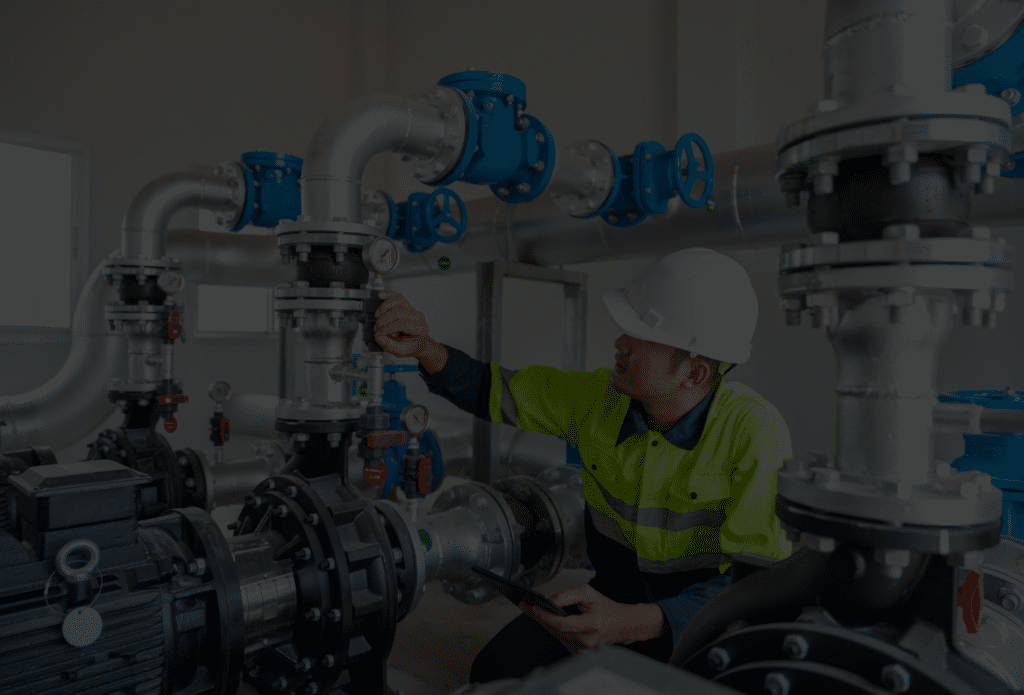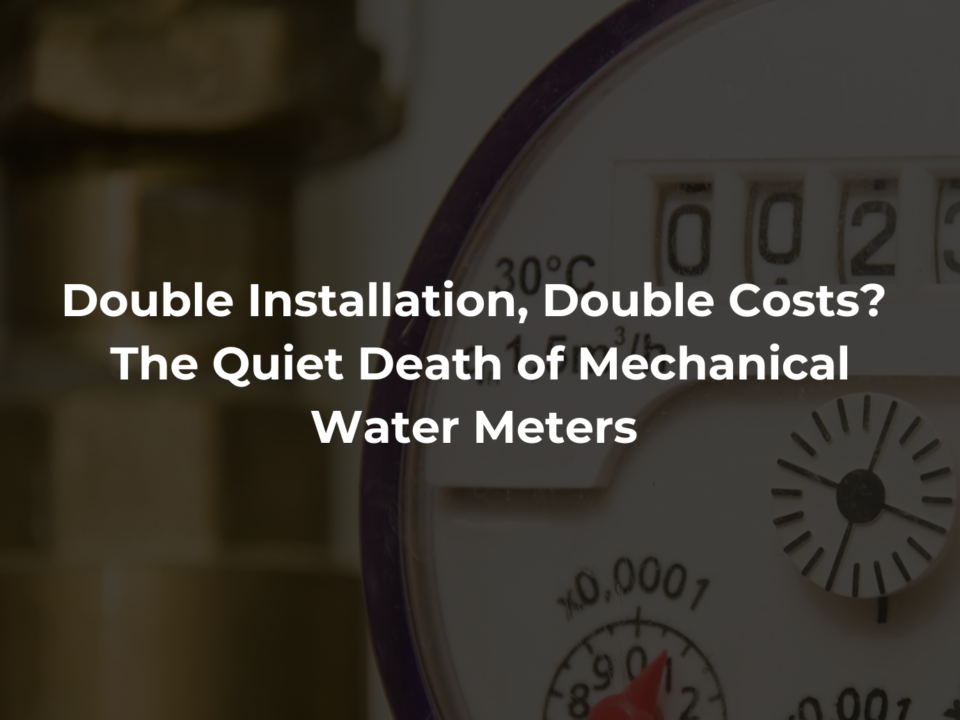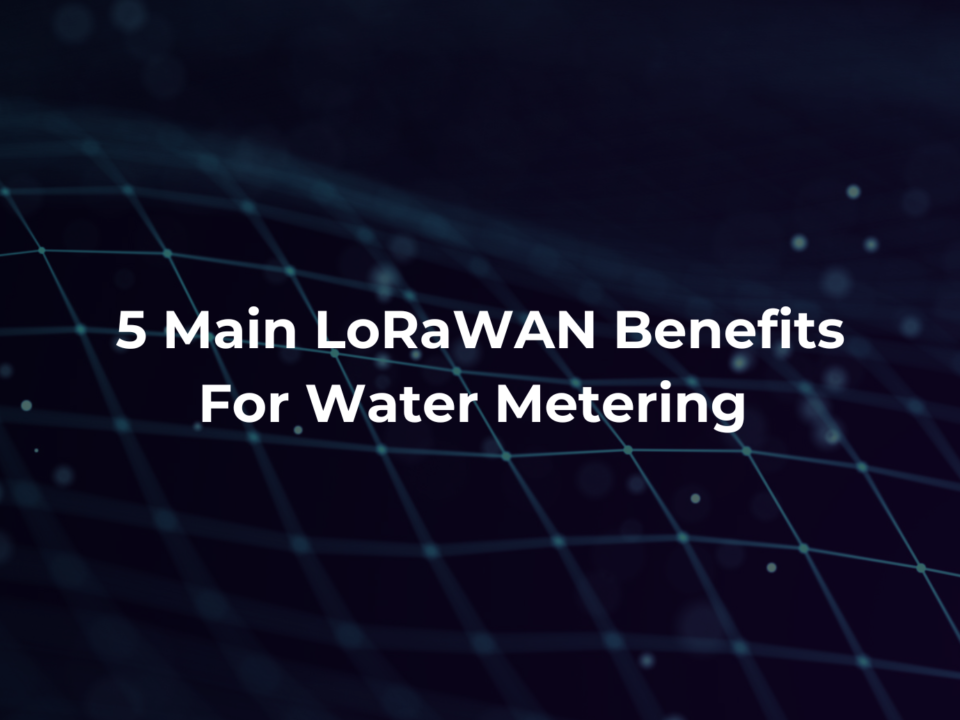Reduce data collection costs drastically with AMR to AMI solution by Mainlink

Unlocking New Horizons: Transforming Water Metering in the Balkans with Mainlink
2023-08-24
Powerful addition to our IoT cloud platform is here – Network Health Monitoring Module
2023-11-16
Utility water meters have evolved significantly over time. In the past, older technology required utilities to send meter readers to individuals’ locations for physical meter readings, a process known as automated meter reading (AMR). Companies typically hired staff to perform walk by or drive by data collection from these meters. Others gathered data by driving trucks down streets and remotely retrieving information from meters as they passed by.
As technology advances rapidly, a new option for water meter data collection has emerged: advanced metering infrastructure (AMI). AMI utilizes radio-based technology to read ami meter. This innovative solution eliminates the need for manual meter readings, resulting in increased operational efficiency and cost savings on labour, transportation, fuel, and insurance expenses.
AMI not only eliminates meter reading errors but also provides accurate data for residential billing. It swiftly detects water leaks, leading to a reduction in non revenue water losses. This enhanced awareness of overall operations and damage prevention offers peace of mind to all parties involved in the sub meterting sector. Additionally, building residents gain insight into their water consumption usage through a mobile application, fostering consumer education on water conservation and promoting a sustainable approach to water usage.
Some time ago, in collaboration with a partner in the Netherlands, we conducted a cost analysis of the AMR solution for a company responsible for gathering data from approximately 1000 water meters once a month. The typical business case for AMR covers the annual license fee for the iot cloud platform, additional expenses for analytics, reports, additional modules if needed, employee gross annual salary, and yearly transportation costs (including leasing, rent, and vehicle amortization fees). Our findings revealed that the operational expenditure (OPEX) per single water meter per year for the company exceeds 20 Eur. Bear in mind, that this sum doesn’t account for potential liability costs.
In comparison, we evaluated Mainlink’s AMI solution for the same scenario. This solution includes a lorawan gateway, wM-Bus to lora converter, installation, annual recurring subscription fee per device for data reading and iot platform, and an annual fee per gateway for SIM backhaul and gateway management. Our analysis showed an OPEX of slightly below 9 Eur per single water meter per year.
It’s important to note that each case varies and depends on the utility’s specific circumstances, which we can calculate for you. Nonetheless, it’s evident that there’s a substantial opportunity to enhance your sub metering business operations and achieve significant cost savings with the right solution.
AMI solutions offer flexibility as they don’t require immediate, comprehensive implementation. They are scalable, allowing you to make changes based on your project’s timeline and budget.
The benefits of advanced metering infrastructure are numerous, including reduced costs, improved operations, non revenue water reduction through leak detection, damage prevention, enhanced water conservation and overall sustainable resource management.
In our next blog post, you can read a use case about smart water metering solution for submetering.

